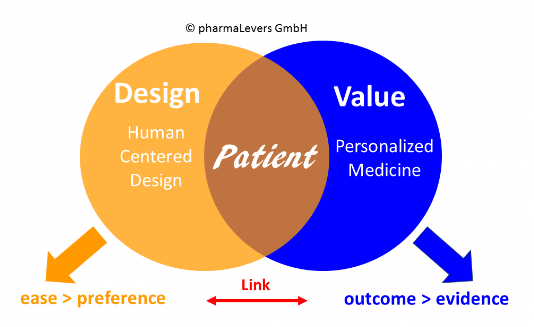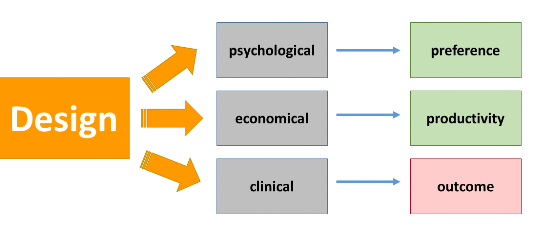Value of Design
Academy > System Dynamics

Days are over when a «One Size Fits All» approach guaranteed growing business for the life science industries. Today, the demonstration of additional medical or economic value is required to ensure profitable growth. Value differs by the variety of medical applications and the individual patient conditions. Consequently, value is a function of the ability to deliver patient-centric health care. Whereas e.g. Biotech’s innovations in monoclonal antibodies profit from better prices, other patient-centric innovations e.g. improved ease of use or better functionality still have a hard time to negotiate a price premium. What are the current barriers and future potential solutions for an equitable and balanced reward system?
Value of Design
Pharmacological design is easy to appreciate. However, the role of design in Medical Devices may be underestimated. An anatomical endoprosthesis enhance functionality; optimized pen-devices improve compliance; a feel-good atmosphere in a medical office will shape patient’s trust; procedure-specific design of medical equipment may speed up the surgical process.

The benefits are sometimes hard to measure and reimbursement authorities and payers are quite reluctant to accept a price premium. This is disappointing for the providers but today’s true value of design is maintaining or increasing market share as better design will increase demand. If a provider is not investing in design, its competitor will do it and win.
Linking Design and Outcome
In order to leverage design value we have to demonstrate improved clinical outcome. A new design should be available in the early clinical phase. Clinical outcome may end up in a disproportional synergy of product features and design advantages. Obviously, this a huge investment but eventually the only valid way to get a price premium for design.